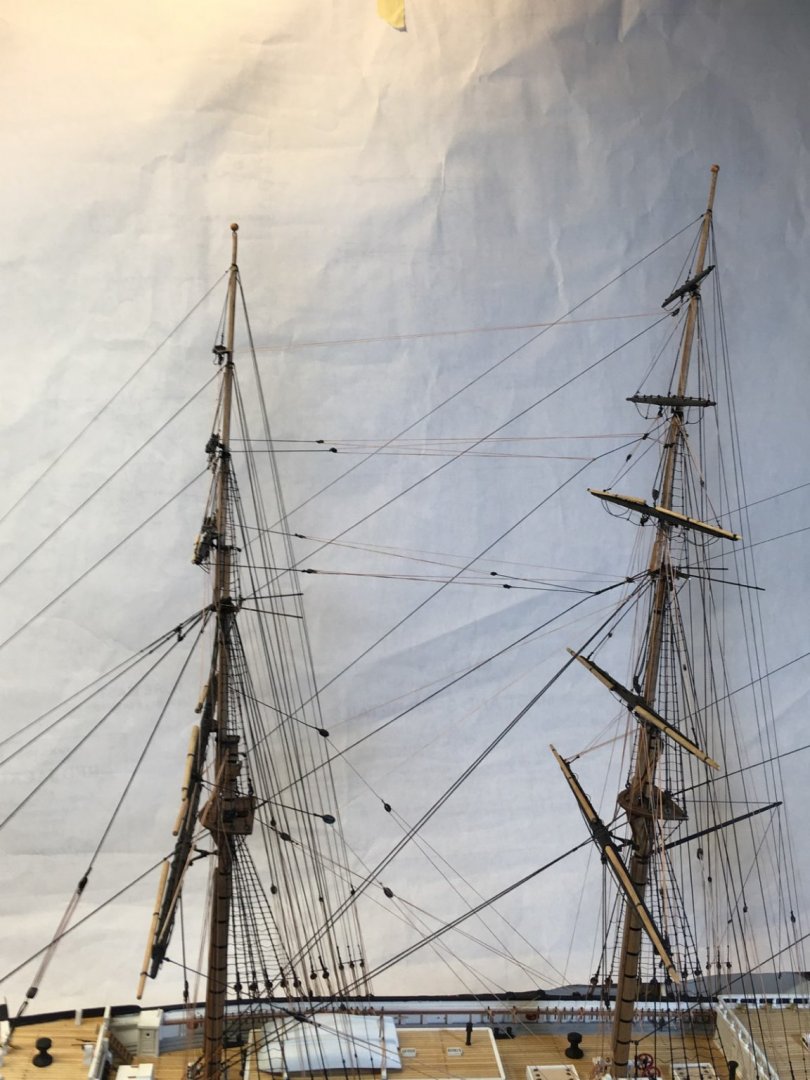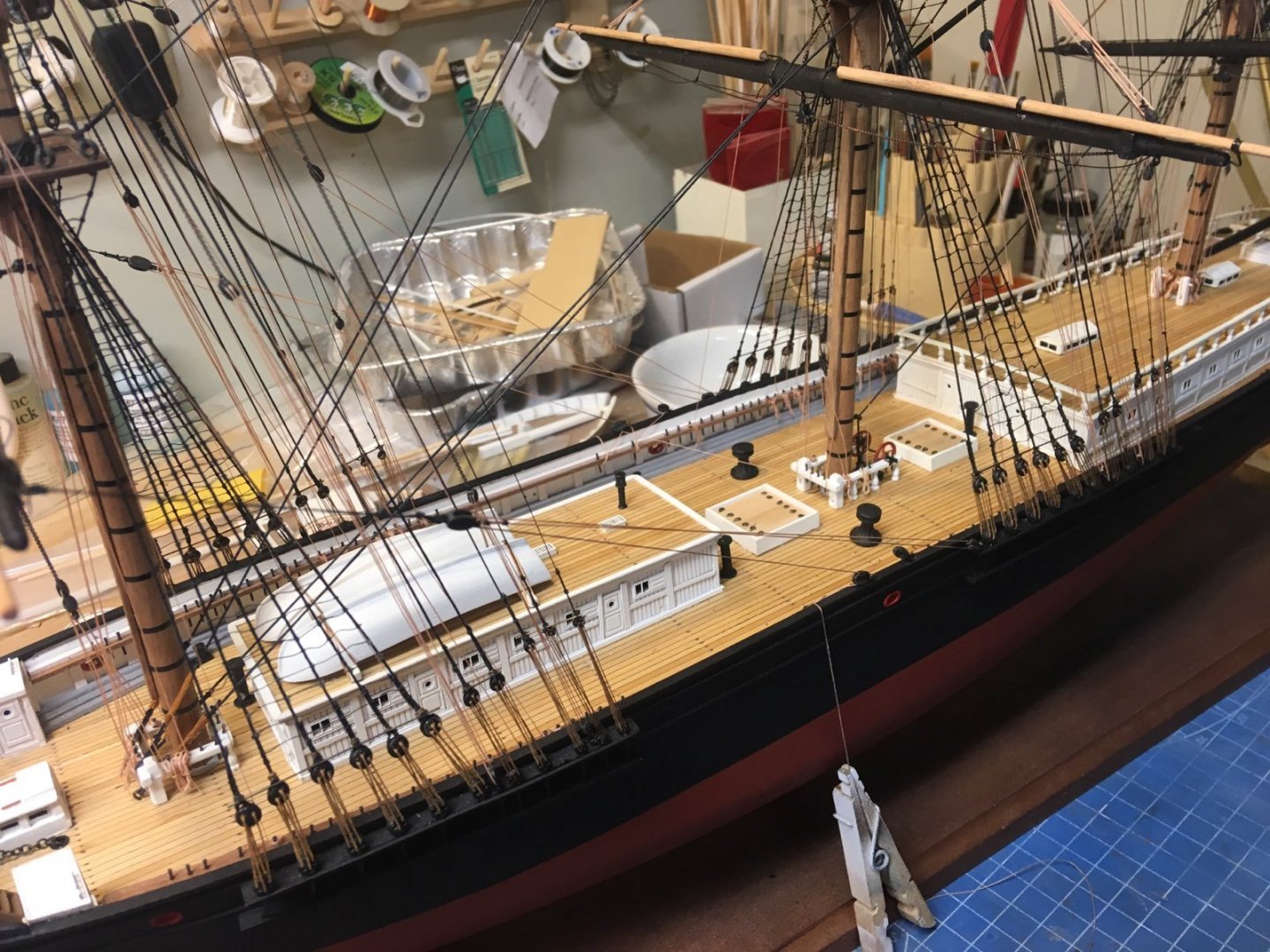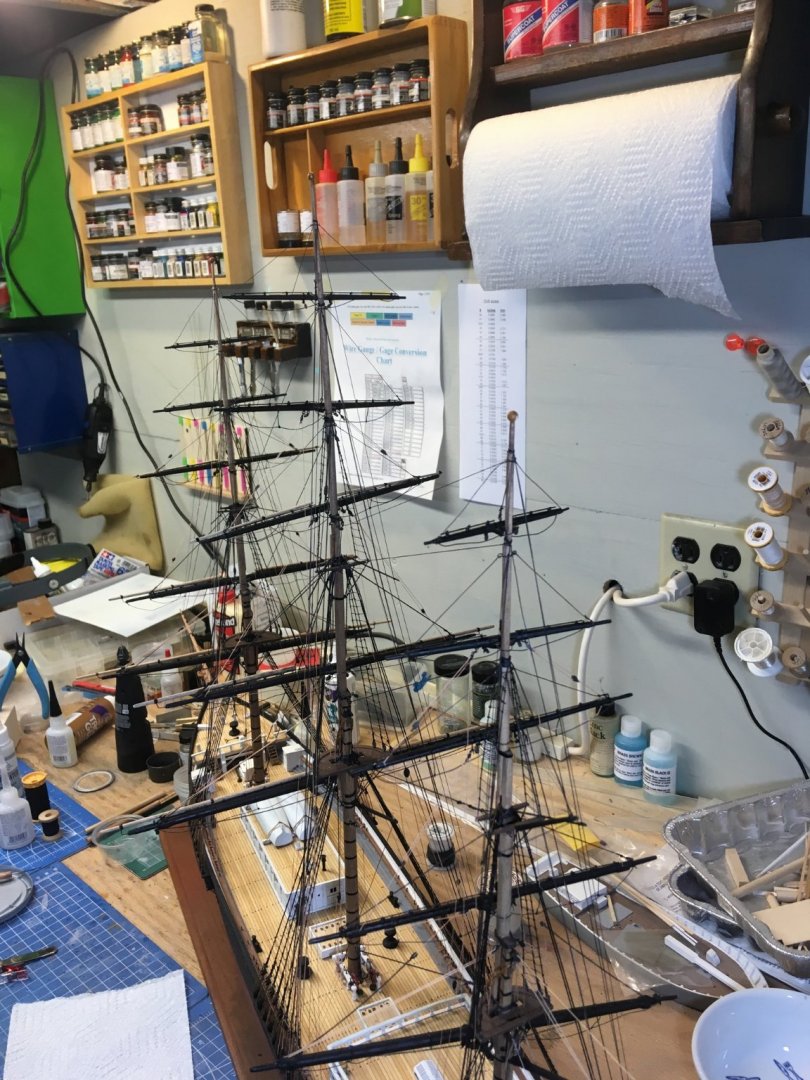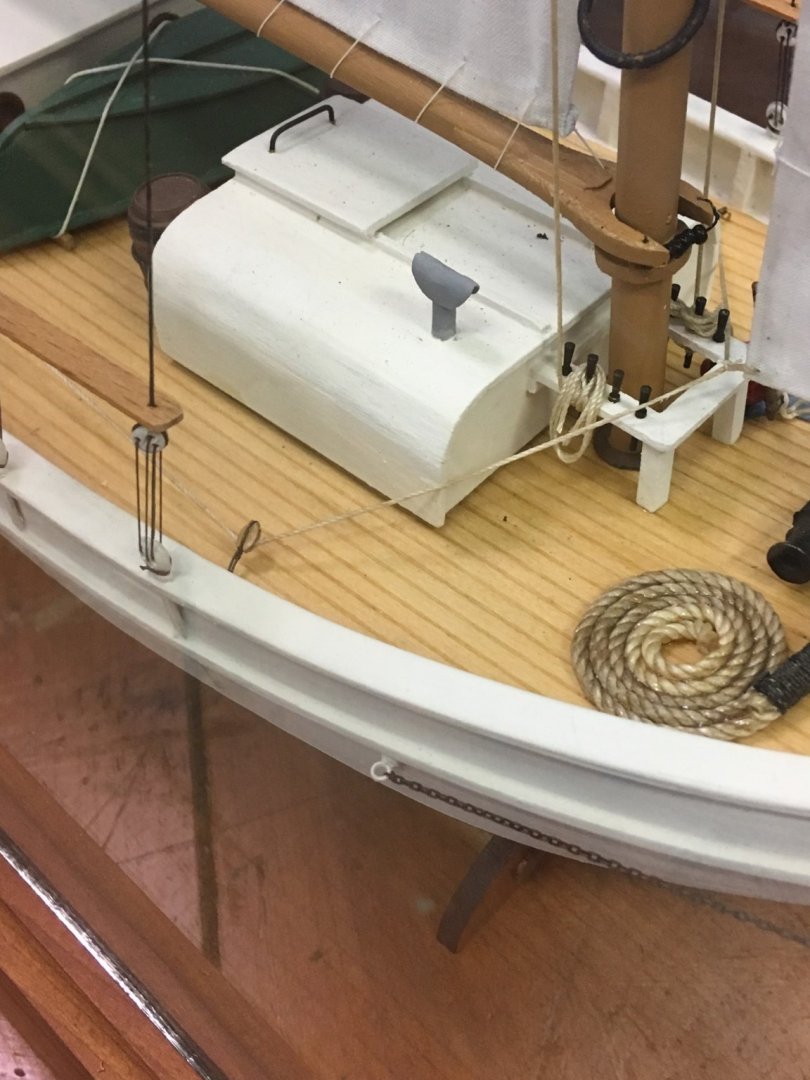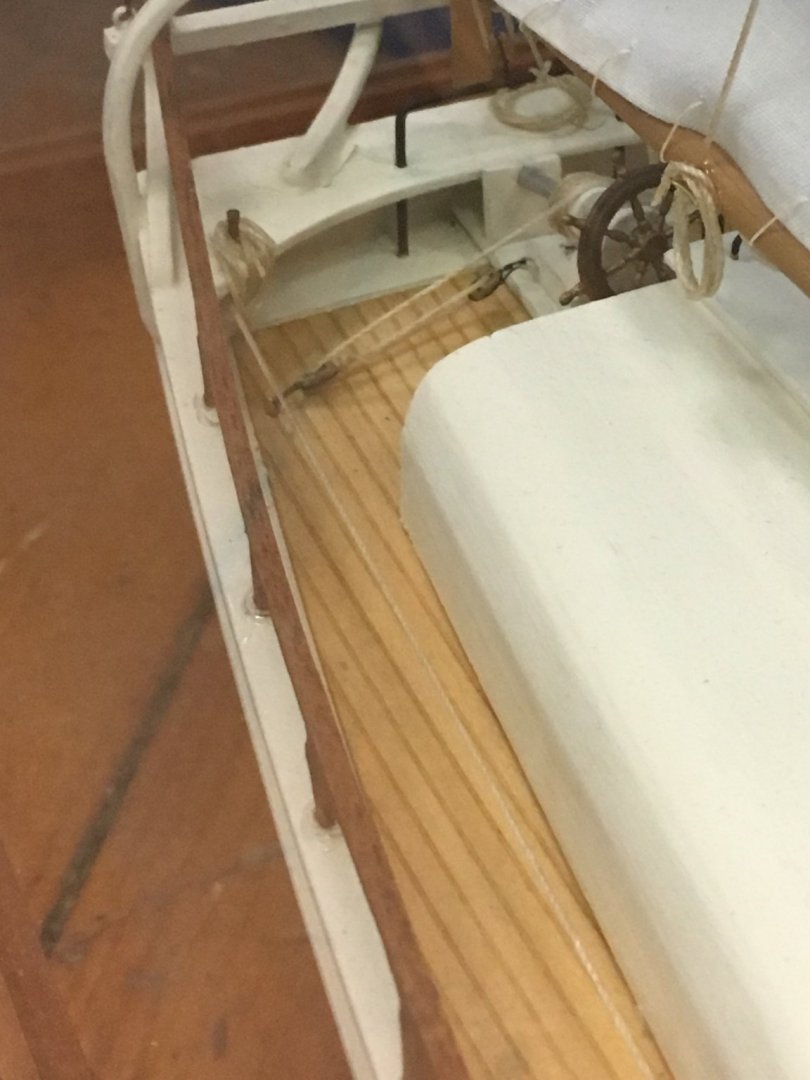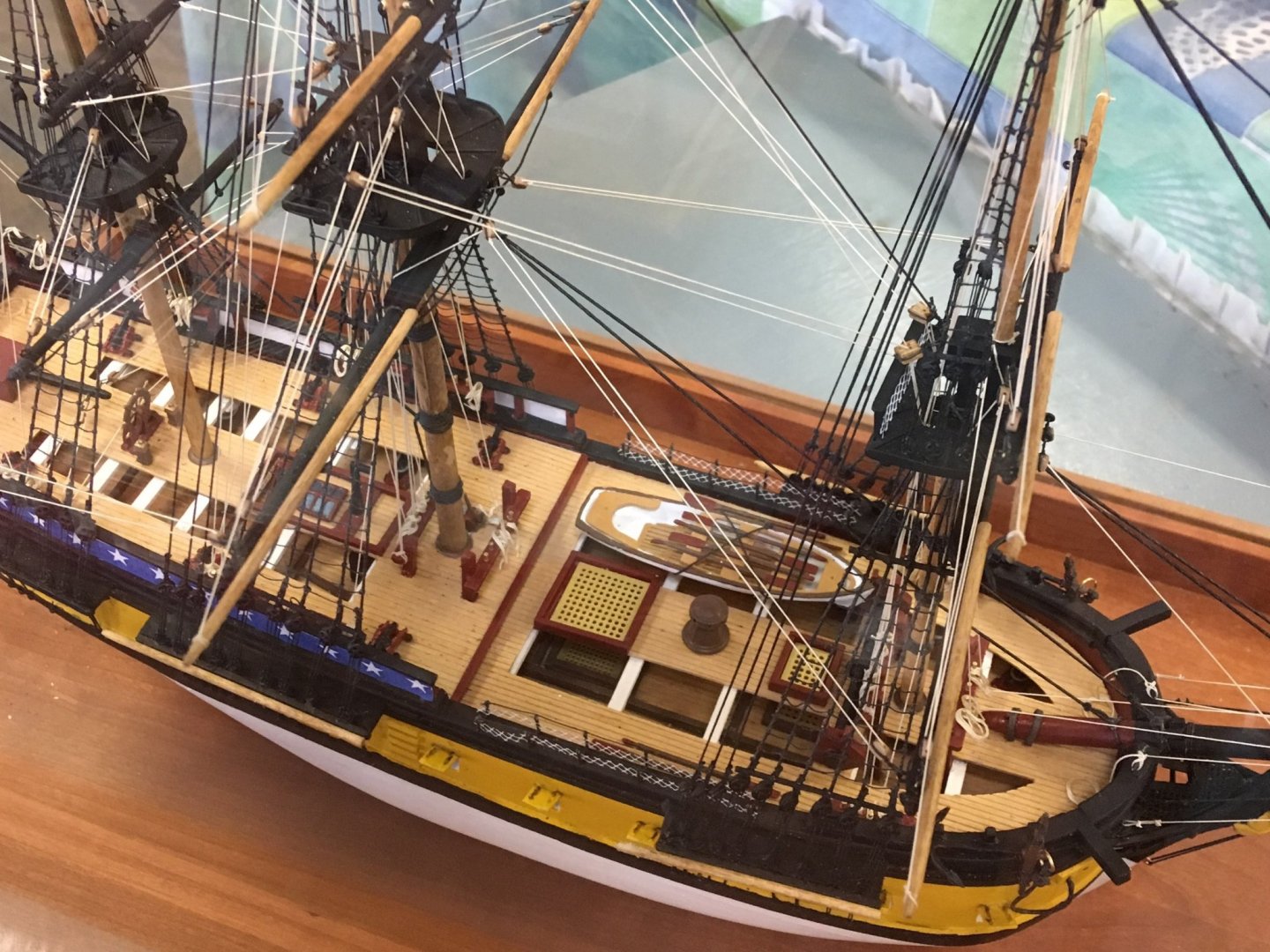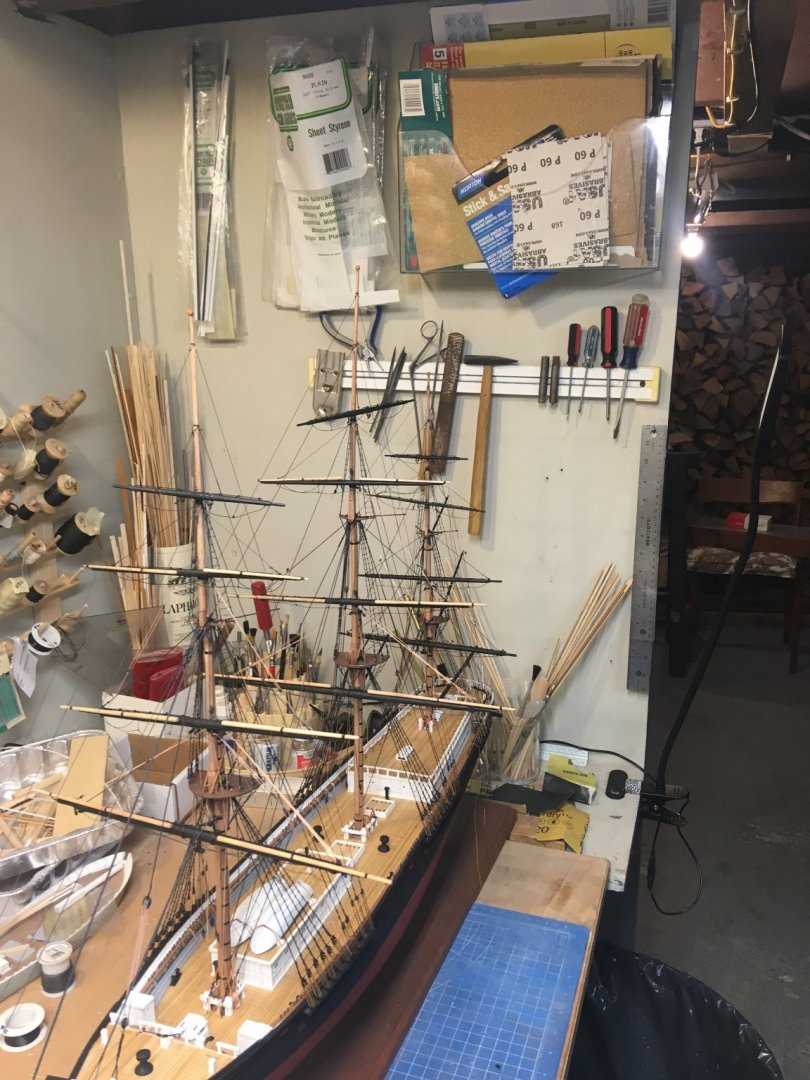-
Posts
1,308 -
Joined
-
Last visited
Content Type
Profiles
Forums
Gallery
Events
Everything posted by MrBlueJacket
-
Then there's the story of the lady in court, who killed her husband by beating him with his guitar collection. "First offender?" asked the judge. "No, first a Gibson, then a Fender" answered the lady.
- 82 replies
-
- spray
- BlueJacket Shipcrafters
-
(and 1 more)
Tagged with:
-
- 356 replies
-
- red jacket
- finished
-
(and 1 more)
Tagged with:
-
Here's a really good way to control the application of CA glue. Look at the tip of the month: http://campaign.r20.constantcontact.com/render?m=1105166336677&ca=64bf22da-704d-496c-8e70-95bc1220ea79
- 127 replies
-
- 356 replies
-
- red jacket
- finished
-
(and 1 more)
Tagged with:
-
Getting so close to the end, so I started working on the lifeboats. Here's the pieces, all painted.The hull is white on the outside, gray inside, with black gunwales. Everything but the hulls are photo etched.
- 356 replies
-
- red jacket
- finished
-
(and 1 more)
Tagged with:
-
- 356 replies
-
- red jacket
- finished
-
(and 1 more)
Tagged with:
-
- 356 replies
-
- red jacket
- finished
-
(and 1 more)
Tagged with:
-
Congratulations, very nicely done. I just made a note in your customer file for 10% off your next kit. Nic
- 70 replies
-
- Spray
- bluejacket shipcrafters
-
(and 1 more)
Tagged with:
-
So here's the port fore lower brace. You can see braces on the starboard side, too. There will be 30 of them altogether.
- 356 replies
-
- red jacket
- finished
-
(and 1 more)
Tagged with:
-
At a paint store, you can buy mildewcide to add to your gluey-water slurry.
- 70 replies
-
- Spray
- bluejacket shipcrafters
-
(and 1 more)
Tagged with:
-
For a waterline stripe, have you considered some vinyl striping tape?
- 82 replies
-
- spray
- BlueJacket Shipcrafters
-
(and 1 more)
Tagged with:
-
Now all the sky yards have their halyards and lifts. Next comes 6 sheets and 6 clew lines. Then its on to the braces. The end is in sight.
- 356 replies
-
- red jacket
- finished
-
(and 1 more)
Tagged with:
-
Although it is speculation, I think Slocum was a minimalist. To keep the rig as simple as possible, if he had trouble with the jib sheet, I think he would have dropped the jib until he could manage it. Just a guess on my part.
- 70 replies
-
- Spray
- bluejacket shipcrafters
-
(and 1 more)
Tagged with:
-
Hi josh, They go through a block just aft of the mast near the waterway, then back to the stern and terminate at a belaying pin in the taffrail. Nic
- 70 replies
-
- Spray
- bluejacket shipcrafters
-
(and 1 more)
Tagged with:
-
A general word of caution: Using tea or coffee to stain cloth is not good for longevity. The acids in them will very slowly degrade the cloth.
- 70 replies
-
- Spray
- bluejacket shipcrafters
-
(and 1 more)
Tagged with:
-
- 142 replies
-
- alfred
- solid hull
-
(and 2 more)
Tagged with:
-
Congratulations Jami! Your customer file now shows 10% off the next kit you buy from us. Nic
- 34 replies
-
- grand banks dory
- bluejacket shipcrafters
-
(and 1 more)
Tagged with:
-
- 356 replies
-
- red jacket
- finished
-
(and 1 more)
Tagged with:
-
Good timing - We're carving Pauline hulls on Monday, will have kits a couple of days after that.
- 87 replies
-
- bluejacket shipcrafters
- red baron
-
(and 3 more)
Tagged with:
-
Just curious - how many hours a day are working on this model? Nic
- 70 replies
-
- Spray
- bluejacket shipcrafters
-
(and 1 more)
Tagged with:
-
Excellent job! Your customer file now shows a 10% discount on your next kit from us. Nic
- 87 replies
-
- bluejacket shipcrafters
- red baron
-
(and 3 more)
Tagged with:
About us
Modelshipworld - Advancing Ship Modeling through Research
SSL Secured
Your security is important for us so this Website is SSL-Secured
NRG Mailing Address
Nautical Research Guild
237 South Lincoln Street
Westmont IL, 60559-1917
Model Ship World ® and the MSW logo are Registered Trademarks, and belong to the Nautical Research Guild (United States Patent and Trademark Office: No. 6,929,264 & No. 6,929,274, registered Dec. 20, 2022)
Helpful Links
About the NRG
If you enjoy building ship models that are historically accurate as well as beautiful, then The Nautical Research Guild (NRG) is just right for you.
The Guild is a non-profit educational organization whose mission is to “Advance Ship Modeling Through Research”. We provide support to our members in their efforts to raise the quality of their model ships.
The Nautical Research Guild has published our world-renowned quarterly magazine, The Nautical Research Journal, since 1955. The pages of the Journal are full of articles by accomplished ship modelers who show you how they create those exquisite details on their models, and by maritime historians who show you the correct details to build. The Journal is available in both print and digital editions. Go to the NRG web site (www.thenrg.org) to download a complimentary digital copy of the Journal. The NRG also publishes plan sets, books and compilations of back issues of the Journal and the former Ships in Scale and Model Ship Builder magazines.





.thumb.jpg.589d7fc57a58e2b620411f794661d598.jpg)
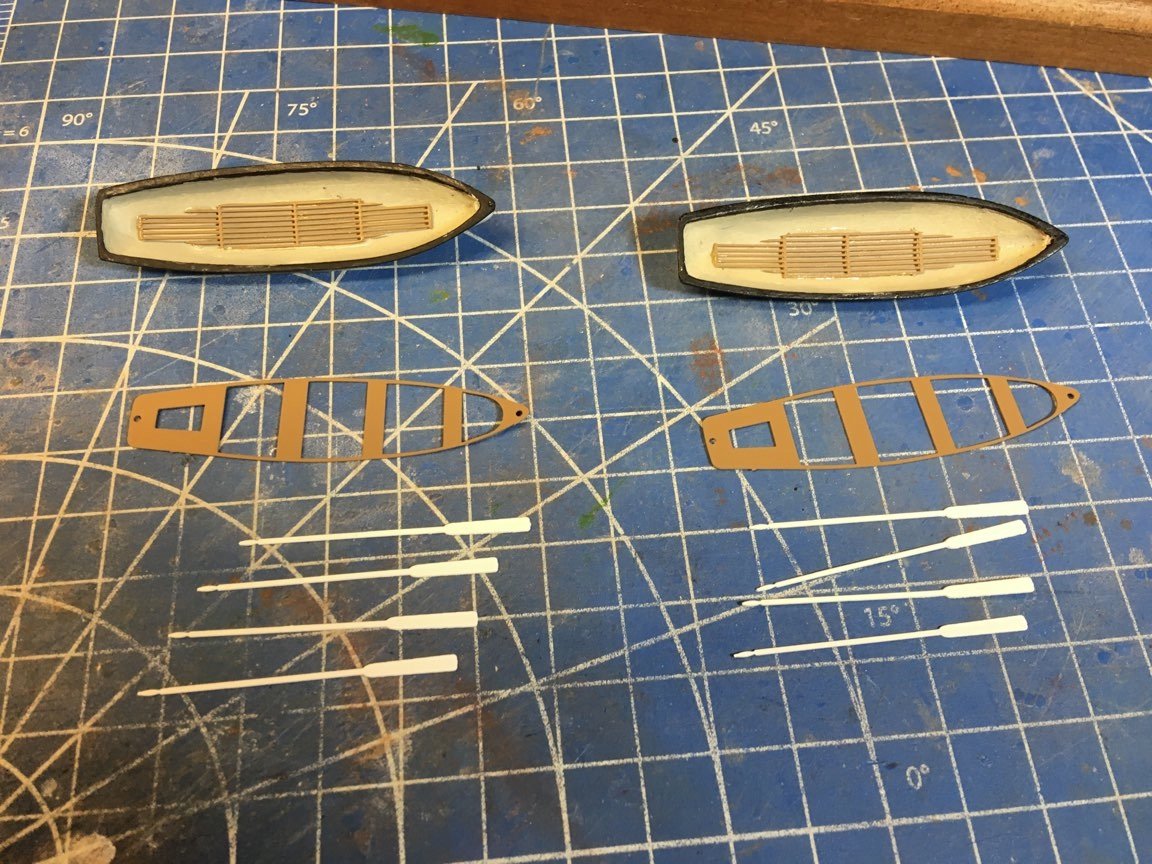
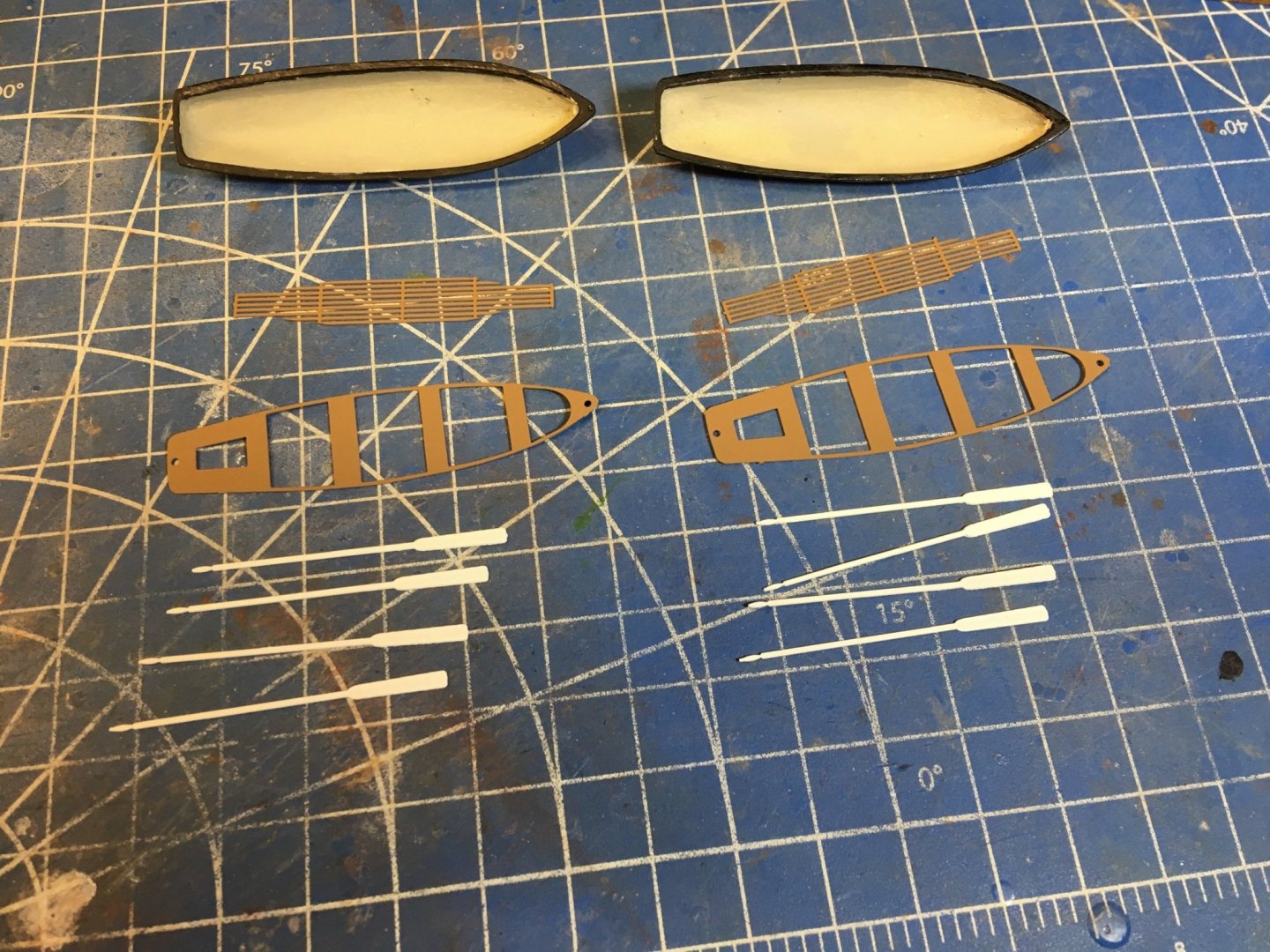
.thumb.jpg.e3db0ba36a95dabdaaa51e8703bb4685.jpg)
